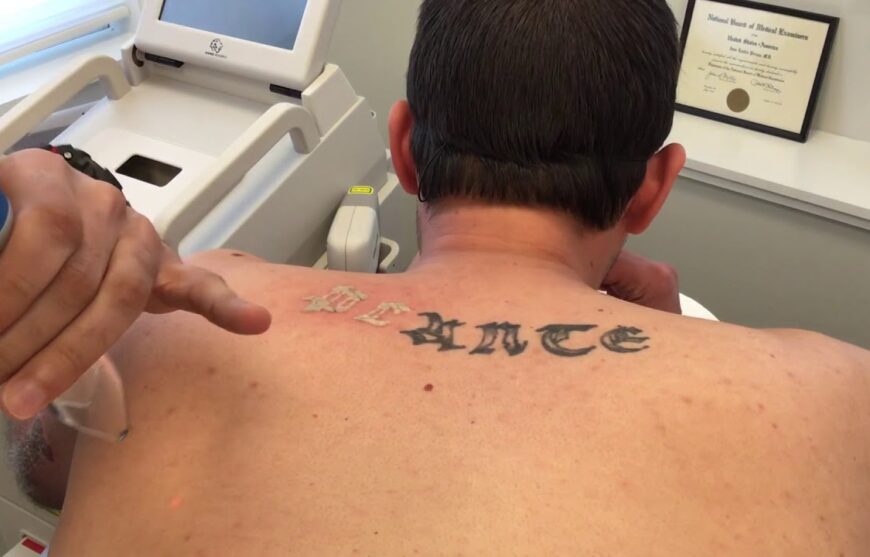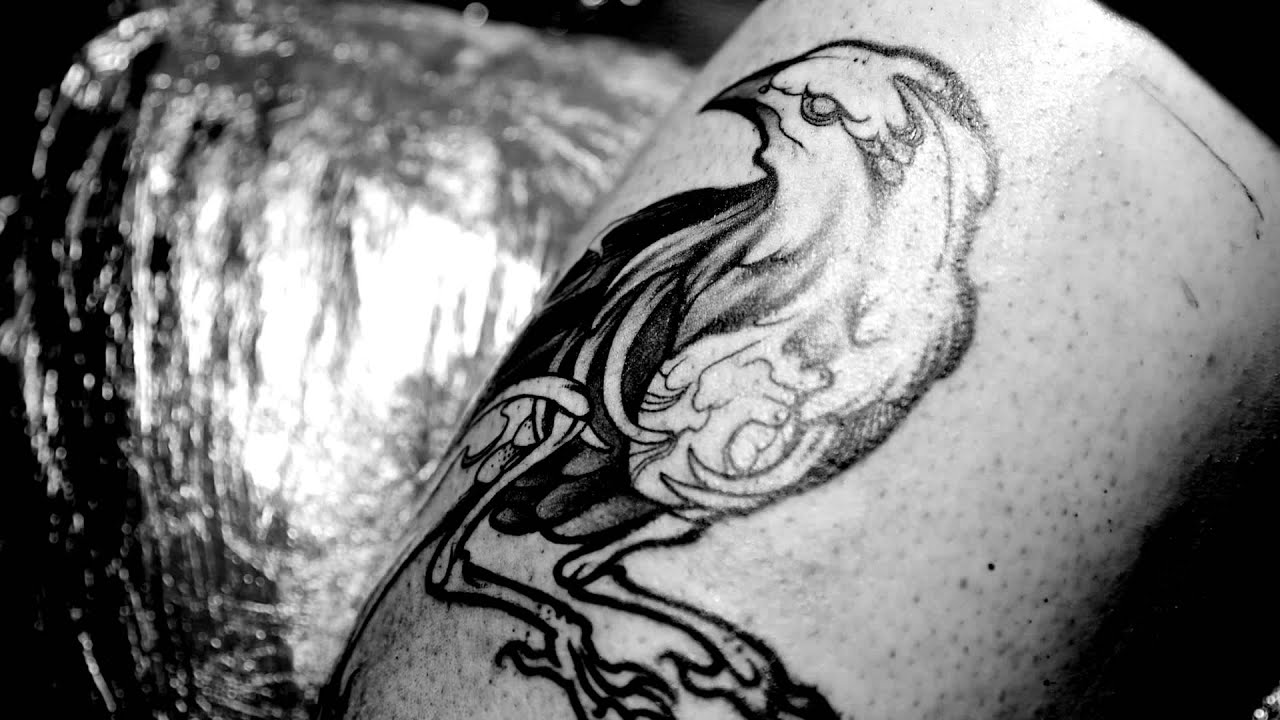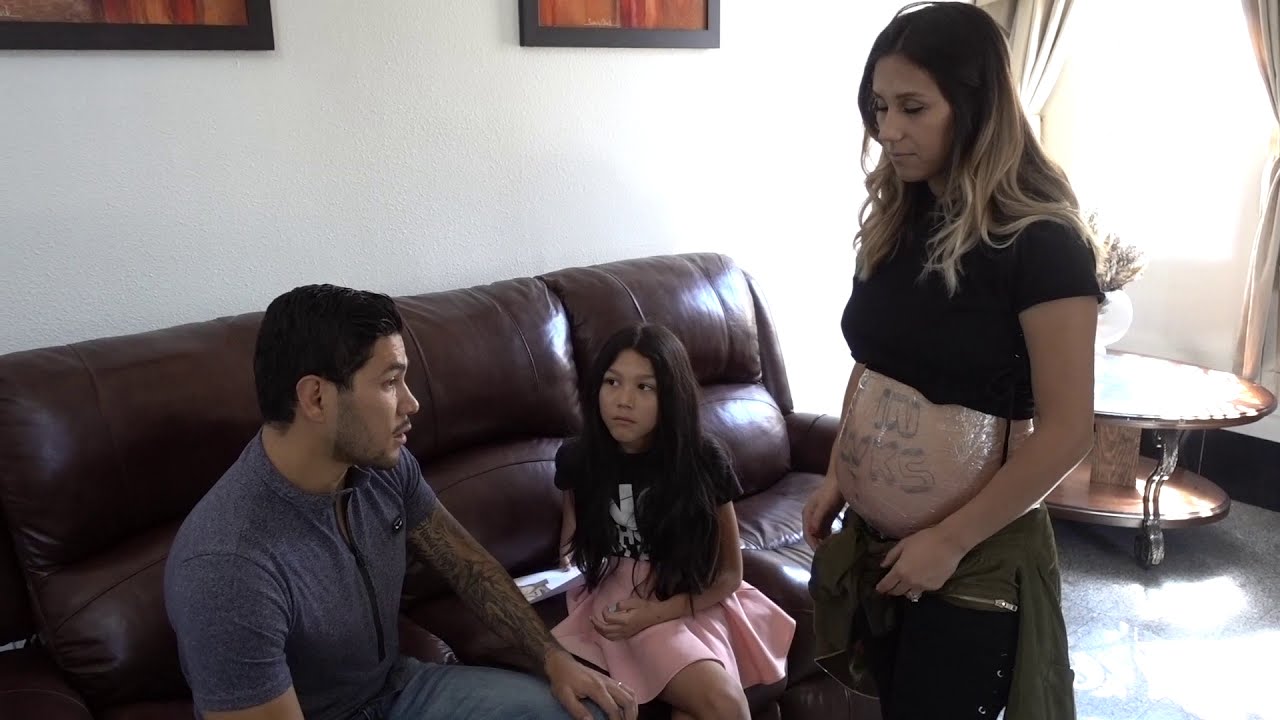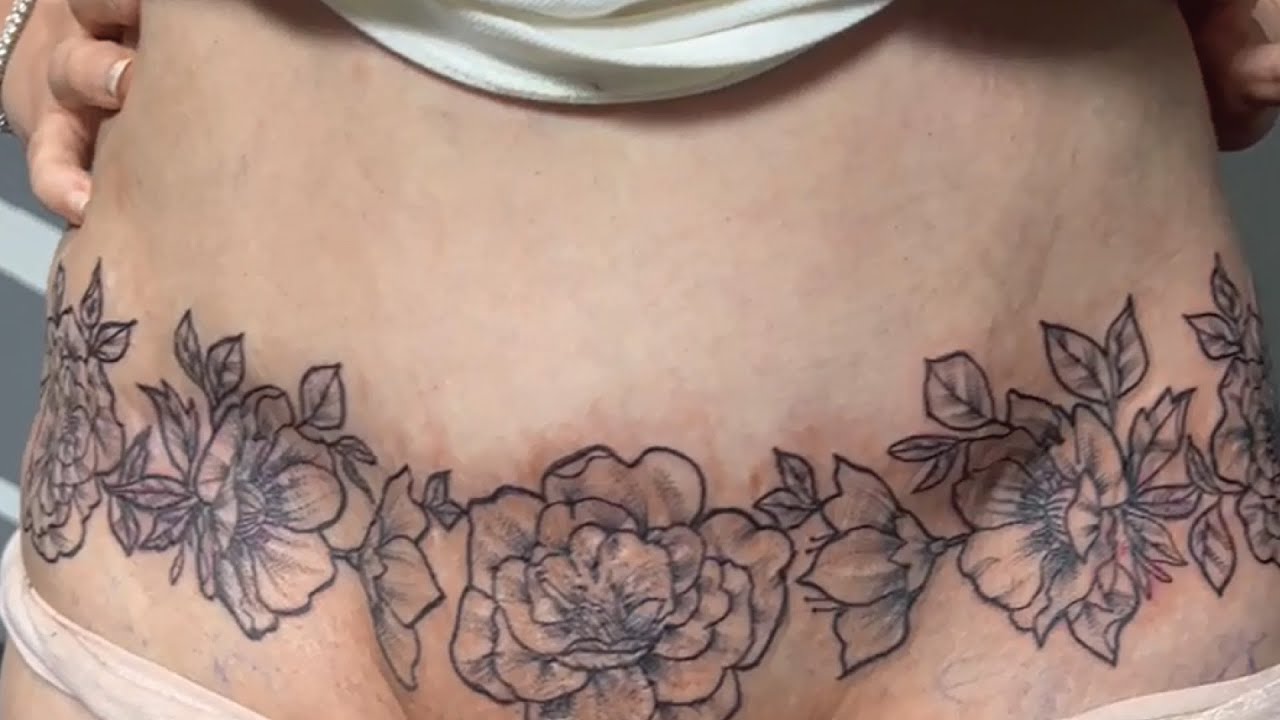How Does Laser Tattoo Removal Work?
Tattoos are an important part of some people’s lives and can have a variety of meanings. They can be a way to express yourself, provide cover for an unwanted body part or simply give you a fresh start.
Laser tattoo removal is a safe and effective method for removing unwanted tattoos. However, the process takes several sessions to achieve optimal results.
The Process
Laser tattoo removal is a non-surgical, painless procedure that can remove any color of tattoo from any area of the body. It’s a popular treatment choice for people who want to get rid of their unwanted tattoos and is often the most effective method.
The process of laser tattoo removal works by targeting the ink particles with short bursts of light energy. These pulses of light have a high intensity, but are so short (measured in nanoseconds, a billionth of a second) that they cannot damage the surrounding skin.
Once the laser pulses are absorbed by the ink pigment, they heat up and break down into tiny pieces that the immune system can flush out of your body. The body’s white blood cells, which are responsible for eating and removing foreign particles from the body, will be able to carry these pieces to the liver where they can be eliminated by your system’s natural filtration processes.
This speed up the fading process, which is what causes a tattoo to fade or lose its color over time. Typically, phagocytes (the cells in the immune system that are responsible for ingesting and eradicating foreign particles) continually eat away at the tattoo’s ink particles as they are embedded deep within the dermis.
But because the ink particles are so large and deeply placed, these cells are unable to break them down and dispose of them as quickly as they should. This is why tattoos tend to fade over time, even if you have a healthy immune system.
With laser tattoo removal, these ink particles are broken up into even smaller fragments that the immune system can easily flush out of your body. This helps to speed up the fading process, which means that your tattoo will fade more gradually and naturally than it would without the help of laser tattoo removal.
Depending on the size, depth and density of your tattoo, you will probably need several sessions to get rid of it completely. Each session will involve numbing the area and applying the laser to the tattoo in order to destroy the ink particles. The duration of the treatment will depend on the size and complexity of your tattoo, but most treatments are about 10 minutes or an hour.
The Ink
The ink used in laser tattoo removal is a pigment-based dye, which absorbs light energy and shatter into tiny fragments that your body can naturally remove. Different ink colors are easier to remove than others, and the age, composition, and type of tattoo are all factors that influence how well your tattoo will respond to laser treatment.
The lasers we use at Vibrant Rejuvenation emit short pulses of energy into the skin. This allows the ink particles to absorb the pulses and then heat up, breaking them down into a small enough size for your white blood cells to ingest.
Your body’s immune system then catches up to the broken down ink and eliminates it from your body’s lymphatic system. Once this happens, the tattoo will fade gradually over time.
A typical tattoo removal session is a 20-minute appointment, but it may take longer depending on the size of your tattoo and how old it is. During the session, we move a laser across your tattoo in a methodical fashion to make sure that the ink is properly treated.
After the treatment, you will need to rest and wait for your body to heal. This will typically take about six weeks, but if your skin has a darker complexion, it could be as long as three months before you’re completely free of your unwanted ink!
When you first come in for your laser tattoo removal session, we will apply a topical anesthetic to your skin. The anesthetic will help to numb your skin, making the treatment much more comfortable and less painful.
During the laser tattoo removal process, our Trinity laser will send really fast bright flashes of light onto your tattoo. These flashes of light will zap the ink into smaller fragments that your blood cells can then consume and dispose of through your lymphatic system, speeding up the natural fading process over time.
Your body’s immune system will then engulf the fragmented ink, which will eventually be flushed out of your body by your liver. The process is repeated until your tattoo fades to the point where you no longer notice it.
The Laser
Lasers are an effective method for tattoo removal because they break up the pigment in the ink into small particles that the body can absorb and then remove. Unlike other tattoo removal methods, the laser does not damage the surrounding skin.
The laser used for laser tattoo removal is a specialized light source that passes through the top layers of skin to target and destroy unwanted tattoo ink beneath the surface. The laser breaks the ink down into tiny particles that are then absorbed by the body and removed through the lymphatic system.
This process is known as photothermolysis, which means that the heat from the laser energy converts the ink into a gas or plasma that rises to the surface of the skin, giving the appearance of “frosting.” Frosting is a common side effect of the laser, and it typically lasts about 15 to 30 minutes after treatment.
Immediately after your tattoo removal treatment, it’s important to apply a broad-spectrum antimicrobial ointment to the treated area. This will help prevent any infection and keep the skin healthy during the healing process.
Patients are also encouraged to take an anti-inflammatory medication to reduce swelling and redness. This will not only reduce discomfort, but will also help speed up the recovery time.
Some patients will experience itching around the treated area after the treatment. This is due to the dehydrating way that the laser works, so it’s important not to itch the area, as this may damage the skin and lead to scarring.
It’s also vital to avoid swimming, soaking or sun exposure during the healing process. Exposure to the sun can darken the tattoo, which makes it more difficult for the laser to penetrate the ink and eliminate it effectively.
At New York Cosmetic Skin & Laser Surgery Center, we use two state-of-the-art lasers to perform laser tattoo removal: the PicoSure and Enlighten. Both devices deliver ultra-short pulses of specialized laser light that cause a change in pressure and break up the tattoo ink into small particles.
These tiny particles then are absorbed by the body’s lymphatic system, which transports them to the bloodstream. They are then broken down further by the immune system, and eventually are eliminated from the body.
The Recovery
The recovery process after laser tattoo removal can vary depending on the patient. Typically, it will take about four to eight weeks for the treatment area to heal completely. However, what you do during the healing period can increase or decrease your recovery time.
The laser used in the tattoo removal procedure must be set to the right wavelength to effectively break down the ink pigments. This is because tattoos that have different pigments – including black, brown, blue, red and green – can be more difficult to remove than others.
A specialized type of laser, called an ultra-short pulse laser, can help eliminate the ink pigments. These lasers emit short bursts of energy that heat up the ink particles and break them into small pieces.
These tiny particles are then sent to the liver, where white blood cells can seize them and flush them out along with other toxins. Once your body is clear of the ink, you can get rid of your tattoo for good!
During your laser tattoo removal sessions, there may be some discomfort. This is normal and you will want to use over-the-counter pain relievers to reduce the discomfort.
It is also recommended that you avoid touching or picking at the treatment area. This can irritate the skin, making it more likely to develop scabs and blisters.
If you do have to touch the treated area, make sure it is sterile and dry before putting your hand on it. You should also apply a cool compress to the area to help soothe it.
After a few days, your tattoo will begin to look and feel better. You will be given antibiotic cream to apply on the treated area a few times a day.
You will also want to keep the treated area covered with a sterile bandage at all times to prevent bacteria from getting into the wound. This will help speed up the healing process and reduce any risk of infection.
It is also a good idea to drink plenty of water throughout the process. Water helps your body flush out toxins and can also speed up the tattoo removal process.
What kind of tattoos do women like on men?
If you want to know what kind of tattoos women like on men, you may want to start by learning about the kind of designs that women are most attracted to. Here are some options: Nautical elements, Crosses, Owls, and illustrative tattoos. Depending on your personality, you may even enjoy a tattoo of a woman’s favorite sport. Whatever your taste is, you’ll be surprised by the reactions you’ll get!
(more…)Why can’t a pregnant woman get a tattoo?
The permanent cosmetics industry has strict guidelines about not tattooing pregnant and breastfeeding women. This is for two main reasons: first, they are more likely to contract an infection. It is estimated that 6 percent of people contract an infection from a new tattoo, and second, women’s immune systems may be less developed. The bottom line is, it is better to avoid permanent cosmetics in this situation than risk the health of your baby or your unborn child.
(more…)How many tattoos is too many for a woman?
You’ve probably heard of the misconceptions about tattoos and women with multiple tattoos. There’s the idea that you should go kinky and reckless by getting a lot of ink, and then there’s the misconception that it’s not flattering. These myths are often rooted in an inflated perception of tattooed women. But they don’t have to be the case. The following are three guidelines to avoid a misguided opinion.
(more…)Why do women get tattoos?
If you’re wondering why do women get tattoos, you’re not alone. Tattoos are becoming more popular, and the reasons behind them are a complex mix of emotions. They can be a representation of the feminine side of a woman, a statement of power, or a simple expression of self-esteem. In this article, we’ll explore some of the reasons behind tattoos and how they can benefit your life.
(more…)What tattoos say about a woman?
When it comes to tattoos, a lot can be said about a woman’s character. A tattoo is an expression of a woman’s individuality and she knows exactly what she stands for. She doesn’t change her mind easily and she’s not afraid to be different. Her tattoos show that she is bold and confident, and that she doesn’t care what others think. Here are the four most common symbols and their connotations.
(more…)




